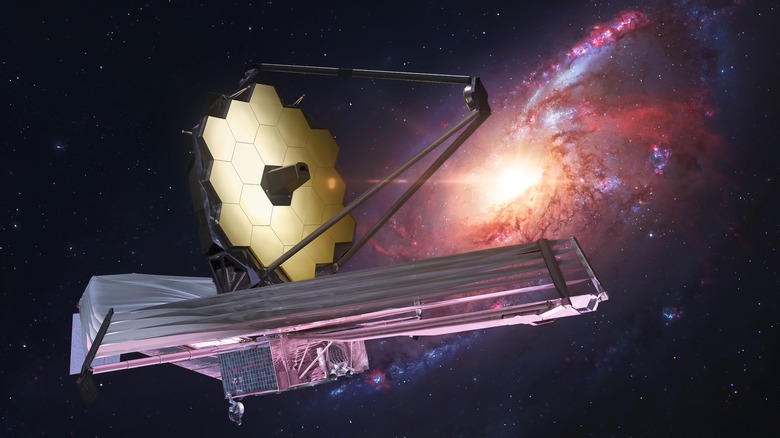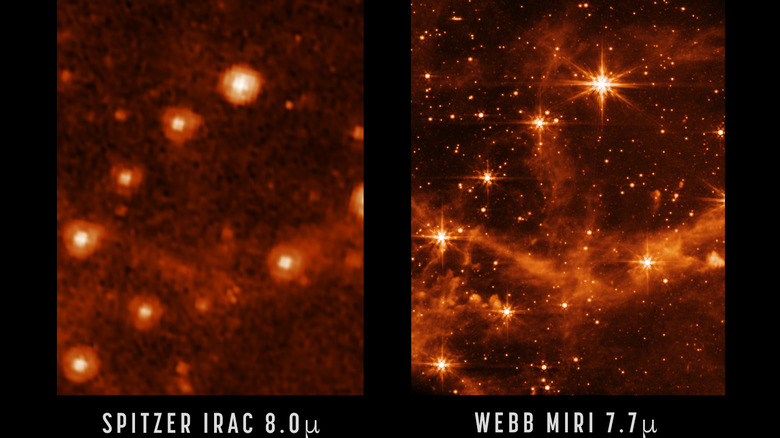How James Webb's MIRI Will Help Show The Universe In More Detail Than Ever Before
When the James Webb Space Telescope was launched in December 2021, NASA and its partners knew that it would be an invaluable tool for astronomy. Now, with the telescope almost ready to begin science operations in summer 2022, we are starting to get the first indications of the potential of its instruments to see the infrared universe in greater detail than ever before.
Take the Mid-Infrared Instrument, or MIRI, which is the only one of James Webb's four instruments operating in the mid-infrared wavelength. That's why it has slightly different detectors from the other three instruments, which work in the near-infrared wavelength. MIRI's silicone detectors operate at an extremely cold temperature of below seven kelvins, so this instrument took the longest to reach temperature.
Now that the instrument is at its operating temperature and has been aligned, engineers working on the telescope are in the process of calibrating it. This involves checking all of the hardware like filters and gratings to make sure that everything is set up as precisely as it can be so that the telescope is as accurate as possible (via NASA).
With the alignment complete, scientists can also get a first look at MIRI's potential sharpness. Although the telescope designers knew that Webb would be the world's most powerful space telescope when it was launched, they could not know exactly how accurate its images would be until the telescope was actually in space and collecting data. The first indications look great, as the performance may even be better than anticipated (via NASA). In the first fully-focused image from the telescope's four instruments, you can get an idea of how much detail they capture.
Zooming in on the Large Magellanic Cloud with MIRI
To see the detail MIRI is capable of, NASA has released a zoomed-in version of MIRI's first image in a side-by-side comparison to an image from the previous flagship infrared telescope, the Spitzer Space Telescope. Spitzer, which was launched in 2003 and retired in 2020, had cutting-edge technology for its time and, like Webb, also looked at the infrared wavelengths. Compared to Webb, however, it was capable of far less detail.
In the comparison image, you can see the same target — a small satellite galaxy of the Milky Way called the Large Magellanic Cloud — taken by both telescopes. On the left is an image taken by Spitzer Space Telescope's Infrared Array Camera, which operated at 8.0 microns. On the right is the image from MIRI, which operates at 7.7 microns. The sharper image makes it possible to see the target in greater detail and pick out more features of scientific interest.
"For example, Webb's MIRI image shows the interstellar gas in unprecedented detail," Alise Fisher of NASA writes. "Here, you can see the emission from 'polycyclic aromatic hydrocarbons,' or molecules of carbon and hydrogen that play an important role in the thermal balance and chemistry of interstellar gas. When Webb is ready to begin science observations, studies such as these with MIRI will help give astronomers new insights into the birth of stars and protoplanetary systems."

